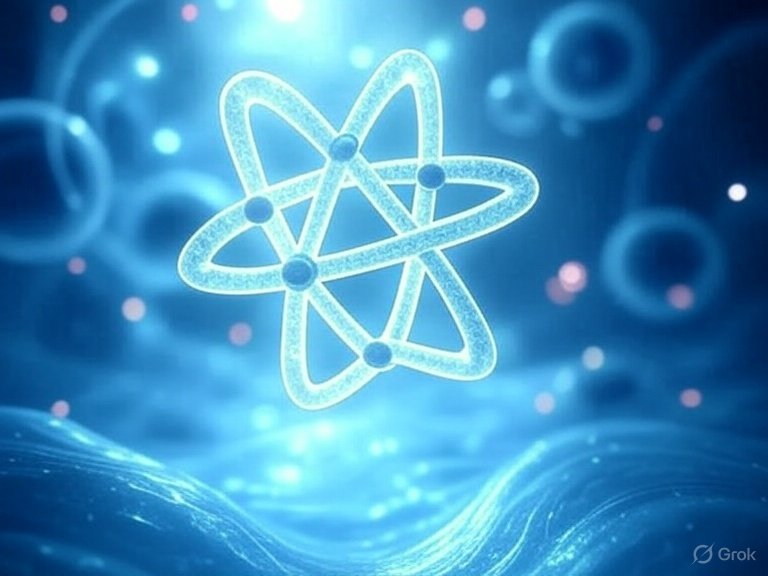
Hydrogen sulfide (H2S) is a toxic, corrosive gas commonly found in industrial processes such as natural gas processing, wastewater treatment, and biogas production. Effective removal of H2S is critical to ensure environmental compliance, equipment longevity, and safety. Two widely used technologies for H2S removal are iron oxide (FeO)-based adsorbents and activated carbon. This article compares these technologies, focusing on their mechanisms, performance, advantages, and limitations.
1. Mechanisms of H2S Removal
FeO-Based Adsorbents
FeO-based adsorbents, typically iron oxides or hydroxides (e.g., Fe2O3, FeOOH), remove H2S through a combination of chemical reaction and adsorption. The primary mechanism is a chemical reaction between H2S and the iron oxide surface, forming iron sulfides and water:
Fe2O3 + 3H2S → Fe2S3 + 3H2O
This reaction is highly specific to H2S, making FeO-based adsorbents selective. The reaction occurs at the surface of the iron oxide particles, and the capacity depends on the availability of reactive sites. Some FeO-based systems, particularly those impregnated with promoters (e.g., alkali metals), can enhance reactivity or enable partial regeneration through oxidation:
2Fe2S3 + 3O2 → 2Fe2O3 + 3S
However, regeneration is often limited, and spent FeO-based adsorbents may require replacement or disposal.
Activated Carbon
Activated carbon removes H2S primarily through physical adsorption followed by catalytic oxidation. The high surface area (500–1500 m²/g) and porous structure of activated carbon allow it to physically adsorb H2S molecules. In the presence of oxygen and moisture, activated carbon catalyzes the oxidation of H2S to elemental sulfur or sulfate:
2H2S + O2 → 2S + 2H2O
For enhanced performance, activated carbon is often impregnated with caustic substances (e.g., NaOH, KOH) or metal oxides (e.g., CuO), which increase the chemical reactivity and capacity for H2S removal. Impregnated activated carbon converts H2S to sulfur compounds that are retained within the pores, but this can lead to pore blockage over time, reducing capacity.
2. Performance Comparison
Capacity and Efficiency
- FeO-Based Adsorbents: These typically have a high H2S removal capacity due to the stoichiometric reaction with iron oxides. Capacities can range from 0.2–0.6 g H2S/g adsorbent, depending on the formulation and operating conditions. They are effective at low to moderate H2S concentrations (e.g., <1000 ppm) and perform well in anaerobic environments.
- Activated Carbon: Non-impregnated activated carbon has a lower capacity (0.01–0.1 g H2S/g) due to reliance on physical adsorption. Impregnated activated carbon can achieve higher capacities (0.1–0.3 g H2S/g) but is less efficient than FeO-based adsorbents for high H2S concentrations. Activated carbon performs best in the presence of oxygen and moisture.
Selectivity
- FeO-Based Adsorbents: Highly selective for H2S due to the specific chemical reaction with iron oxides. They are less affected by competing gases like CO2 or hydrocarbons.
- Activated Carbon: Less selective, as its porous structure can adsorb other volatile organic compounds (VOCs) and gases, reducing H2S removal efficiency in complex gas streams.
Operating Conditions
- FeO-Based Adsorbents: Operate effectively over a wide temperature range (ambient to ~200°C) and can function in both dry and wet conditions. They are suitable for anaerobic environments, such as biogas treatment.
- Activated Carbon: Requires oxygen and moisture for optimal performance, limiting its use in anaerobic or dry conditions. It is typically used at ambient temperatures, as high temperatures can reduce adsorption capacity.
3. Advantages and Limitations
FeO-Based Adsorbents
Advantages:
- High H2S removal capacity and selectivity.
- Effective in anaerobic conditions, making them ideal for biogas and natural gas applications.
- Relatively low cost due to the abundance of iron-based materials.
- Minimal impact from competing gases.
Limitations:
- Limited regenerability, often requiring frequent replacement.
- Spent adsorbents may be classified as hazardous waste due to iron sulfide formation, increasing disposal costs.
- Slower reaction kinetics compared to catalytic systems.
Activated Carbon
Advantages:
- High surface area allows for effective removal of low H2S concentrations.
- Impregnated activated carbon can be tailored for specific applications.
- Widely available and versatile for various gas treatment processes.
- Regeneration is possible in some cases, depending on impregnation and operating conditions.
Limitations:
- Lower H2S capacity compared to FeO-based adsorbents.
- Requires oxygen and moisture, limiting applicability in certain processes.
- Pore blockage by sulfur compounds reduces long-term performance.
- Impregnated carbons can be costly, and disposal of spent material may pose environmental challenges.
4. Applications
- FeO-Based Adsorbents: Commonly used in biogas upgrading, landfill gas treatment, and natural gas sweetening, where anaerobic conditions and high H2S concentrations are prevalent. They are also used in fixed-bed systems for industrial gas streams.
- Activated Carbon: Preferred for air purification, wastewater treatment, and low-concentration H2S removal in aerobic environments. Impregnated activated carbon is often used in odor control systems and small-scale gas treatment.
5. Cost Considerations
- FeO-Based Adsorbents: Generally cost-effective due to the low cost of iron oxides. However, disposal costs for spent adsorbents can be significant, especially if classified as hazardous.
- Activated Carbon: Non-impregnated activated carbon is relatively inexpensive, but impregnated versions are more costly. Operational costs may increase due to the need for frequent replacement or regeneration in high-H2S environments.
6. Conclusion
FeO-based adsorbents and activated carbon each offer distinct advantages for H2S removal, with the choice depending on the specific application. FeO-based adsorbents are superior for high-capacity, selective H2S removal in anaerobic conditions, making them ideal for biogas and natural gas treatment. Activated carbon excels in low-concentration, aerobic environments, such as air purification and odor control, but requires careful consideration of operating conditions and impregnation for optimal performance. By understanding the mechanisms, performance, and limitations of each technology, industries can select the most effective solution for their H2S removal needs.




